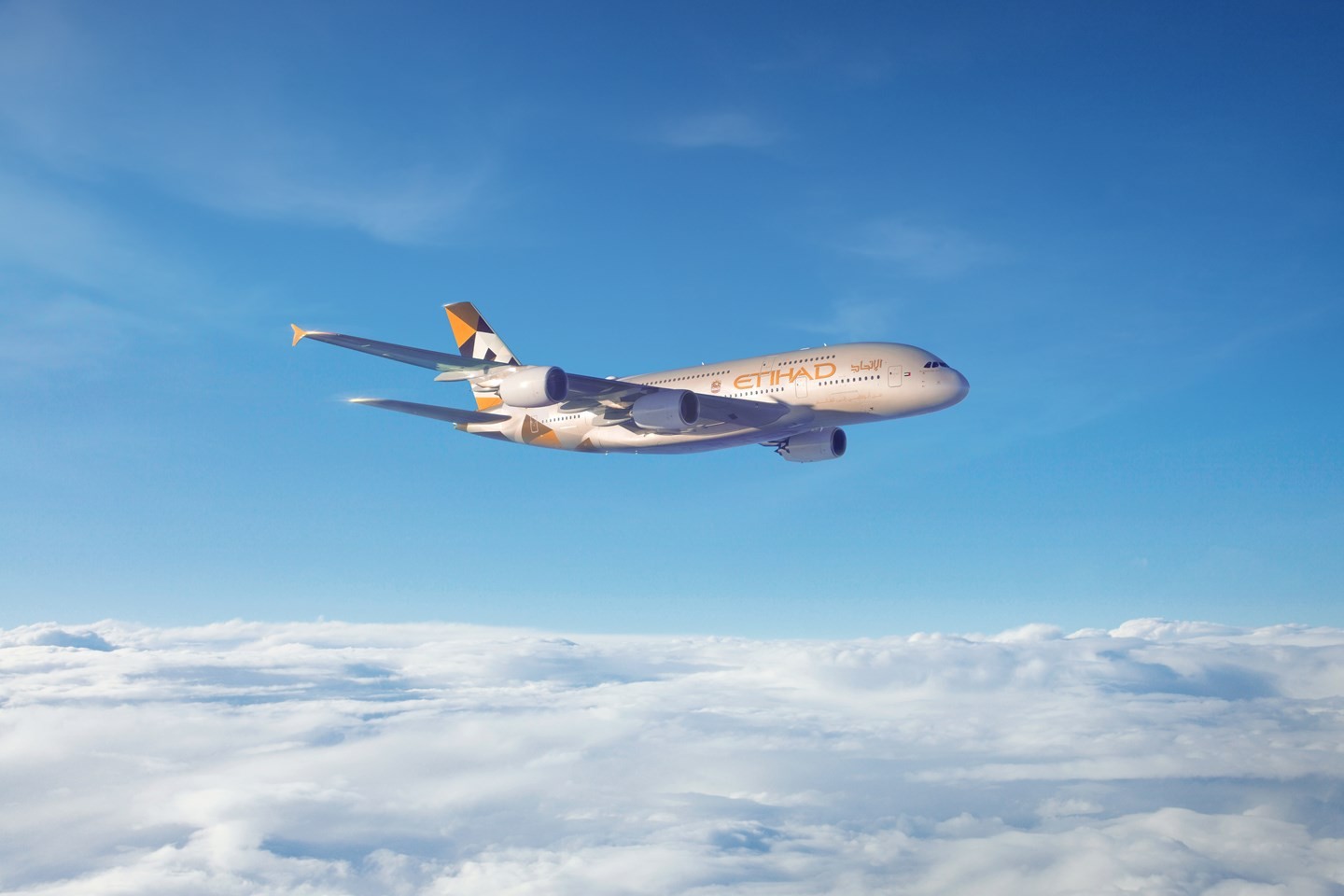Living in a post-pandemic world has come with its own set of realisations, not the least being a fairer acknowledgement of our country’s tourist destinations. Locations that are easily accessible by road lend travel bugs a no brainer solution to satiate their growing wanderlust, to which I am no exception. After seeing through what has gone down in history as Manali’s most lucrative winter for hoteliers, I decided it was time for me to take a little vacation of my own. An eminent tea estate of Palampur had held on to my attention ever since I met its charming owners at a Delhi-based travel event back in 2018, and made its way right to the very top of my travel bucket list.
Contrary to my intention of embarking upon the smooth and straightforward highway from Manali via Mandi to Palampur, an unsuspecting fork on the road led me to a three hour-long detour that I wouldn’t have regretted to the very least, had it not been for my slightly car-sick best friend and a rear vehicular suspension that collapsed. The rest of us, including my two French bulldogs braved the bumpy trails to feast our eyes with scenic views of the Dhauladhars and some beautiful villages nestled amidst them. It was as if those cottages and their inhabitants had sprung out of a fairytale, and this suspicion shall remain with me for a while longer. Two dead ends and a couple of retractions hence, we finally arrived at north India’s tea capital for a late afternoon meal, famished and relieved.
The village roads of Panchrukhi, just seven kilometres from downtown Palampur led us to the quaint wooden gates of the Lodge at Wah. A seven roomed tea estate lodging hosted by the Prakash family adjoins Palampur’s largest tea estate, which the Prakashs have tended to since 1953. An evening walk through the 500 acres-large Wah tea estate revealed its majoritarian cultivation of green and black orthodox tea leaves alongside the family’s smaller farming initiatives of lemongrass, wheat and chamomile cultivations. Most of their produce caters to the tea drinkers of Kolkata, the very city where Wah’s Mr. Prakash senior was born and raised. Our jovial guide concluded his tour at the estate’s sunset point, where a picnic set awaited us with some homemade cake and freshly brewed tea from Wah. By now, my road-sick friend had quite literally turned over a new leaf.
Speaking of leaves, the history of Kangra’s rich tea tradition bears roots in the mid-nineteenth century, when the British opted to plant a hybridised species of Chinese tea in the area. Camellia Sinensis as it is better known, thrived in the Kangra soil in full glory while simultaneously failing elsewhere. Because this variant produced a pale brew, it couldn’t adapt as per India’s staple CTC (crushed, turned, curled) tea variants. Nevertheless, the distinct flavour and colour emanated from Kangra’s tea produce accord it a genre in its own right amidst India’s ever-bustling tea industry.
But unlike the Assam, Darjeeling and Nilgiri tea varieties, Kangra tea’s meteoric rise was interrupted by a devastating earthquake that reduced the district to rubble in the fated year of 1905. Thousands of fatalities, accompanied by the collapsing of tea factories convinced the British that it was time to bid this district farewell. Their mass exodus left behind a tiny handful of tea estate owners, who could hardly turn the tides in Kangra’s favour. However, the twenty-first century has heralded an upswing for Kangra tea, with the Controller-General of Patents, Designs and Trademarks affixing its own Geographical Indication tag in 2005. Thereafter in 2012, the Union Ministry laid foundations for a regional office of the Tea Board of India in Palampur.
Apart from the Wah tea estate, the Mann tea estate, which is more famously known as The Dharamsala Tea Company are known to host factory tours and lodgings in a bid to reclaim Kangra’s tea tourism. The Palampar Cooperative Tea Factory too joins this feat, and the district’s better accessibility by road and air make its chances amongst domestic and international travel markets rather promising. Moreover, the neighbouring premises of Dharamsala, McLeodganj, Dharamkot, Triund, Baijnath and Bir Billing, amongst other tourist attractions help infuse Kangra with an all-rounder profile, thus rendering it a class apart from the rest.
In other words, with the sole exception of its brew tone, Kangra is anything but pale. And the best part about it is that whether it’s the adrenaline junkie at Bir’s paragliding point, the spiritual wanderer around Dalai Lama’s little Lhasa, the bookish foodie at Illiterati, a Shaivite trekker or a pottery enthusiast at Andretta, what they can all be certain of enjoying amidst the arresting Dhauladhars, is an authentic, subtle and hot cup of Kangra tea in the times of Dalgona and all its hype.













